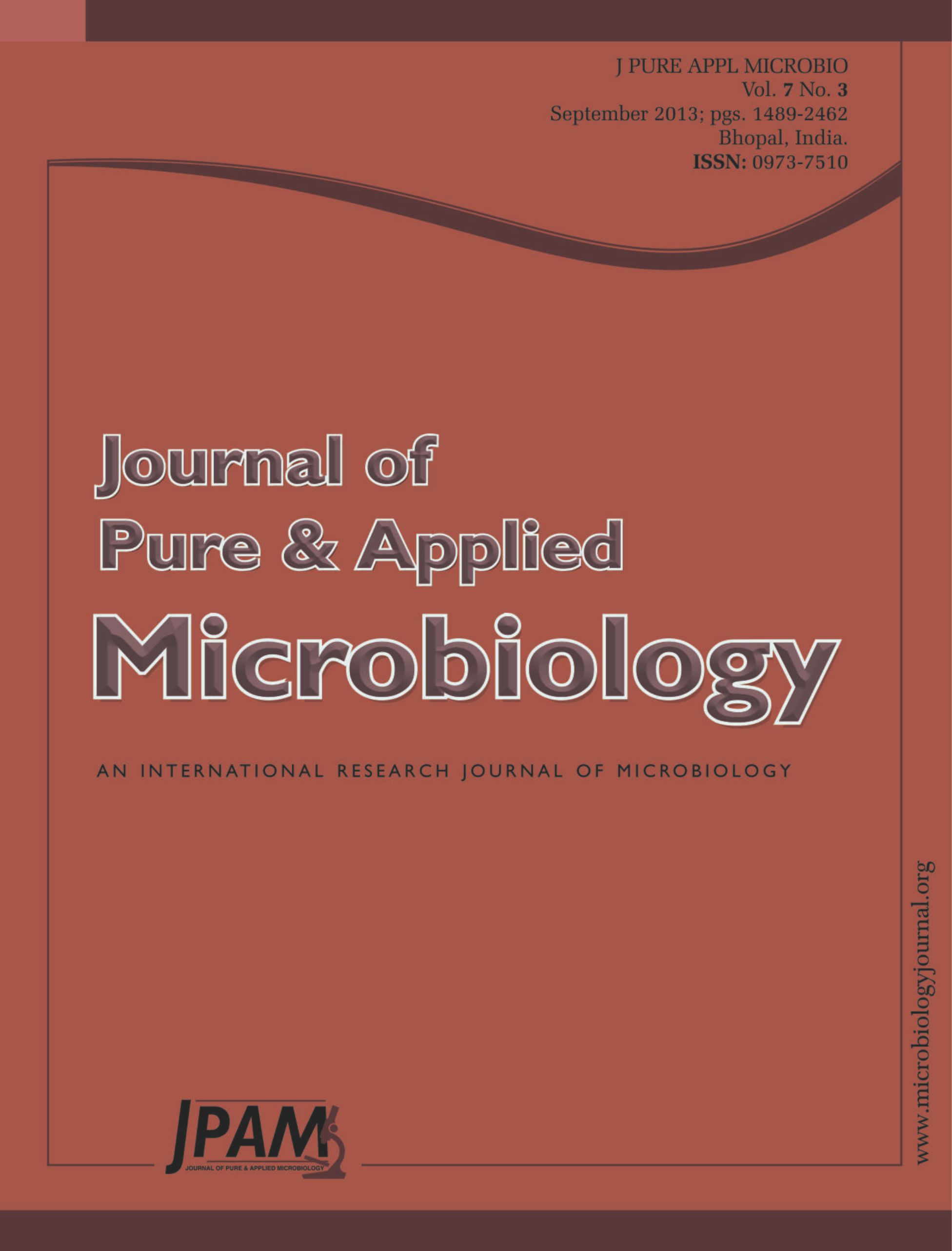The bioactivity of methanol, acetone and water crude extracts of Nostoc linckia isolated from the desert of Saudi Arabia was evaluated against five post harvest disease causing fungi (Aspergillus flavus, A. niger, Fusarium oxysporum, Penicillium chrysogenum and Cladosporium sp.). The methanol extract of the N. linkia was observed to reduce the growth of all tested fungi significantly ((P £ 0.05). Maximum reduction in the mycilial growth was observed by methanol extract against Cladosporium sp. (40%). While F. oxysporum growth was reduced to 30.0%, the percent reduction in mycelial growth of A. niger was 24%, whereas, percent growth reduction in P. chrysogenum was 20% and in A. flavus it was 18.9%. Maximum growth reduction by acetone extract was 18.9% against F. oxysporum, where as water extract was not found much effective in reducing the growth of any tested fungi. The crude extracts of N. linckia were analyzed using gas chromatography-mass spectrometry (GC-MS). The main components in the crude extracts were Octadecanal (aldehyde) (86.8%); Boronic acid, Ethyl-, Dimethyl ester (84.8%). Beside these chemicals, Isopropyl Lactate was also detected in the crude extract; this component may be responsible for the antifungal activity of the extract. This study can be useful in the management of post harvest diseases caused by fungal pathogens. However, further studies are required to identify the compounds directly responsible for antifungal activities.
Bioactive compounds, Nostoc linckia, GC-MS, post harvest diseases, fungi
© The Author(s) 2014. Open Access. This article is distributed under the terms of the Creative Commons Attribution 4.0 International License which permits unrestricted use, sharing, distribution, and reproduction in any medium, provided you give appropriate credit to the original author(s) and the source, provide a link to the Creative Commons license, and indicate if changes were made.


